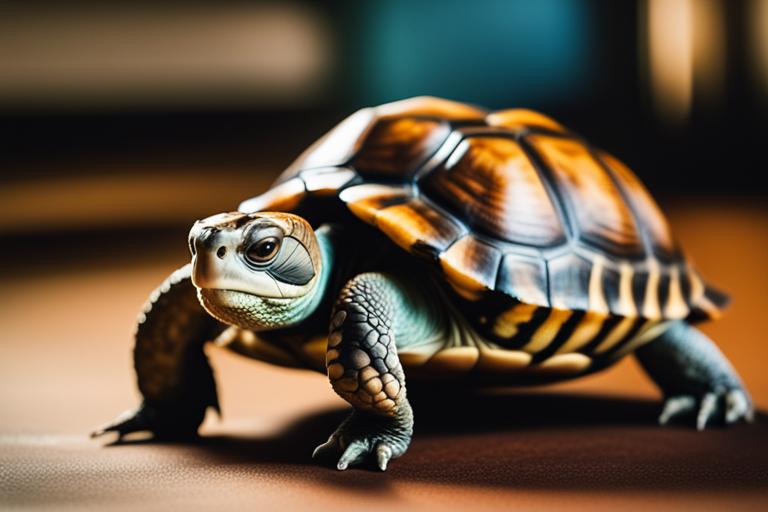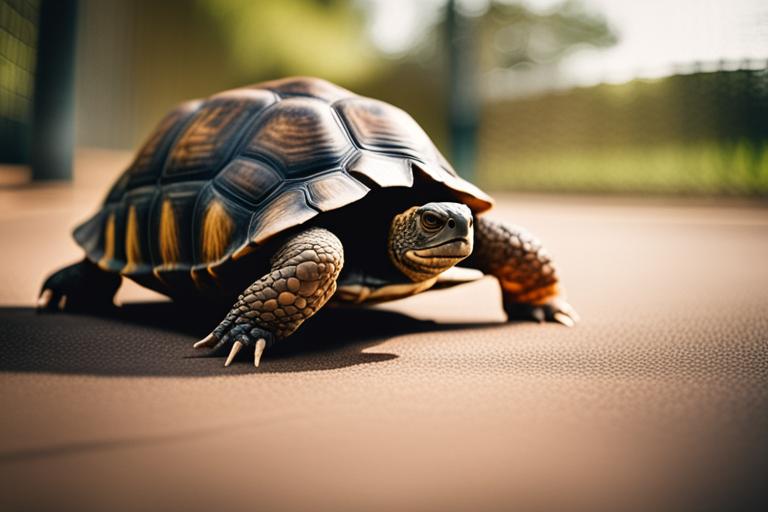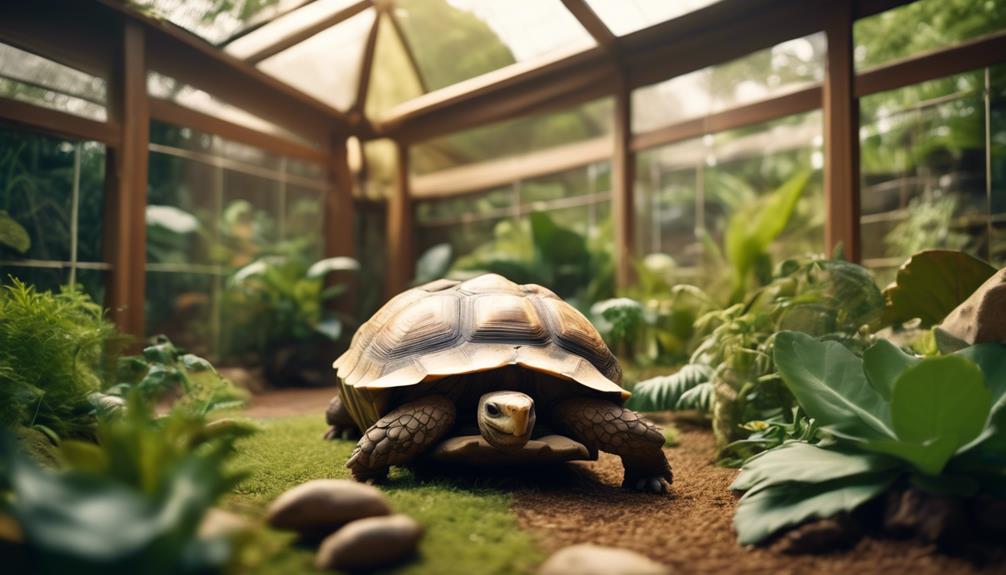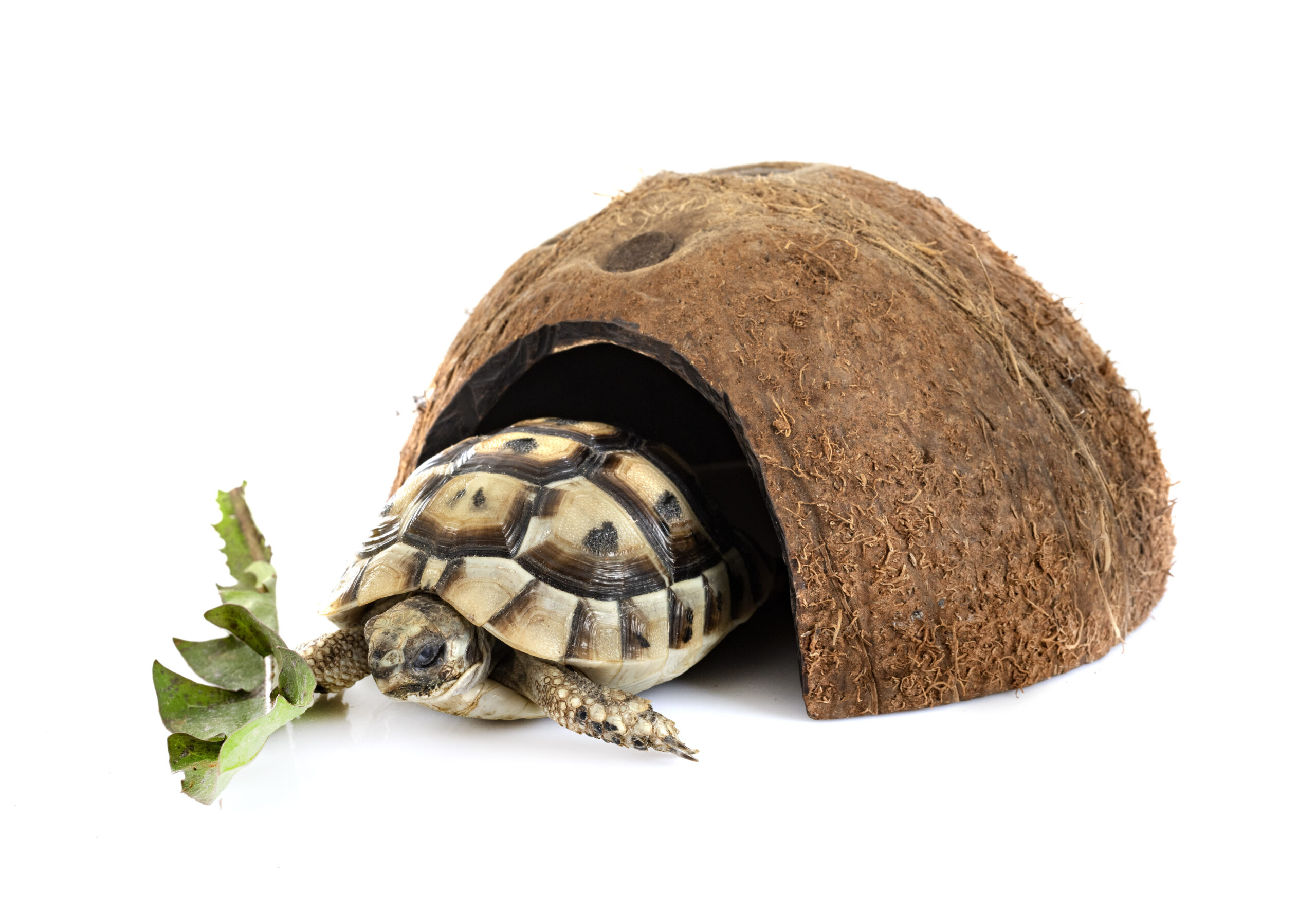Are tortoises reptiles? Yes, tortoises are reptiles. Tortoises are unique pets that have become popular for their low-maintenance care and distinctive appearance. However, many people are still uncertain about tortoise classification and whether they are considered reptiles. In this ultimate guide, we will explore what reptiles are, tortoise classification, reptile characteristics, and the importance of understanding tortoise classification for proper care.
What are Reptiles?
Reptiles are animals that share common traits, including:
- Scales or scutes covering their skin
- Laying eggs with a soft, leathery shell or giving birth to live young
- Cold-bloodedness, meaning their body temperature is regulated by the environment
- Breathing air with lungs
Reptiles include turtles, snakes, lizards, and crocodiles.

Tortoise Classification and Reptile Characteristics
- Tortoises are considered reptiles.
- Reptiles are characterized by cold-bloodedness, scales, and laying eggs.
- Understanding tortoise classification and reptile characteristics is important for proper care of tortoises as pets.
Tortoise Classification
Tortoises belong to the Testudinidae family, which is part of the larger group of animals known as chelonians. Chelonians have a bony shell that serves as a protective covering for their bodies. While turtles can live in water or on land, tortoises are strictly land-dwelling.
Within the Testudinidae family, there are several different genera, each with unique characteristics. For example, the Russian tortoise is a popular pet that is known for its small size and hardiness.

Reptile Characteristics
Now, let’s explore some of the specific characteristics that make reptiles unique.
Cold-Bloodedness
Reptiles are cold-blooded, which means their body temperature is regulated by the environment, rather than by their internal systems. As a result, reptiles are most active during the warmest parts of the day and will seek shelter during cooler periods.
Scales and Laying Eggs
Reptiles have scaly skin that protects them from predators and prevents water loss. Additionally, most reptiles lay eggs with a soft, leathery shell that protects the developing embryo.

Tortoise Characteristics
Tortoises share many of the same characteristics as other reptiles. They are cold-blooded and rely on their environment to regulate their body temperature. Additionally, they have a hard, bony shell that protects them from predators and provides a strong foundation for their body.
Tortoises also lay eggs with a soft, leathery shell. The size and number of eggs will vary depending on the species, with some laying just one egg per year and others laying up to 20 at a time.
Similarities and Differences
While tortoises share many characteristics with other reptiles, there are also some unique features that set them apart.

The Shell
Tortoises have a hard, bony shell that covers their entire body, while other reptiles may have a shell or scales. This shell serves as both protection and a place to retreat and rest.
Land-Dwelling
Tortoises are strictly land-dwelling, unlike turtles, which can live in water or on land. This means that they have unique dietary and environmental needs that must be met to thrive.
Why Understanding Tortoise Classification is Important
Understanding tortoise classification is important for providing appropriate care for these animals. Tortoises require a specific type of environment that includes a basking area, a sheltered area, and a substrate that allows for digging. Additionally, different tortoise species have different dietary needs, with some requiring a high-fiber diet and others needing more protein.

Tortoise Species and Care Requirements
| Health Issue | Symptoms | Treatment |
|---|---|---|
| Respiratory Infections | Wheezing, discharge from nose and mouth, lethargy | Antibiotics, maintaining proper humidity and temperature |
| Metabolic Bone Disease | Softening of the shell, deformities, lethargy | Calcium and vitamin D3 supplementation, UVB lighting, proper diet |
| Parasites | Weight loss, diarrhea, lethargy | Fecal examination and treatment with appropriate medication |
| Shell Rot | Softening or discoloration of the shell, foul odor | Antibiotics, wound cleaning and treatment |
| Eye Problems | Swelling, discharge, excessive blinking | Antibiotics, eye drops, keeping eyes clean and free of debris |
There are several different species of tortoises that are commonly kept as pets, including the Russian, Greek, and Sulcata tortoise. Each species has its own specific care requirements that must be met for them to thrive.
For example, the Russian tortoise is a small tortoise that requires a diet high in fiber and calcium. They also require a basking area with a temperature range of 85-100°F and a cooler area to retreat to with a temperature range of 70-80°F.
The Greek tortoise is also a small tortoise that requires a diet high in fiber, calcium, and protein. They need a basking area with a temperature range of 95-100°F and a cooler area to retreat to with a temperature range of 75-80°F.
The Sulcata tortoise is a large tortoise that requires a diet high in fiber and calcium. They need a basking area with a temperature range of 100-110°F and a cooler area to retreat to with a temperature range of 75-85°F.
Personal Story: The Impact of Proper Classification on Tortoise Care
When I first got my tortoise, Timmy, I thought all tortoises were the same and had similar needs. I didn’t realize that there were different classifications and that understanding these classifications could impact the care I provided for Timmy.
It wasn’t until I spoke with a fellow tortoise owner who had a tortoise from a different classification that I realized my mistake. Her tortoise had different dietary needs and a different ideal temperature range than Timmy. After doing some research, I discovered that Timmy was part of the Testudinidae family, while her tortoise was part of the Emydidae family.
Understanding the classification of tortoises helped me provide better care for Timmy. I made changes to his diet and habitat to ensure that he was getting the proper nutrients and living in the right environment. Thanks to this knowledge, Timmy has thrived and is a happy and healthy tortoise.
This experience taught me the importance of understanding tortoise classification and how it can impact the care we provide for our pets. By taking the time to learn about the different classifications and their unique needs, we can ensure that our tortoises live long, healthy lives.
Conclusion
In conclusion, tortoises are reptiles that belong to the Testudinidae family. They share many characteristics with other reptiles, including cold-bloodedness, scaly skin, and laying eggs. However, their hard, bony shell and strictly land-dwelling nature set them apart from other reptiles.
Understanding tortoise classification is crucial for providing appropriate care and meeting the unique needs of these animals. By doing so, we can ensure that they live happy, healthy lives as beloved pets.
Insider Tip: When choosing a tortoise as a pet, research the specific species to ensure you can provide the necessary care and environment.
FAQ
Q: Who should I ask if I want to know if tortoises are reptiles?
A: Ask any expert in herpetology or consult reliable sources.
Q: What is the scientific classification of tortoises?
A: Tortoises are classified as reptiles under the Testudines order.
Q: How can I tell if a tortoise is a reptile?
A: Tortoises are characterized as reptiles due to their scaly skin and cold-blooded nature.
Q: What if someone claims that tortoises are not reptiles?
A: This is false information. Tortoises are scientifically classified as reptiles.
Q: How do tortoises fit in the reptile family tree?
A: Tortoises belong to the reptile family tree under the Testudines order.
Q: What if I still have doubts about tortoises being reptiles?
A: Consult with a herpetologist or reputable sources to verify their classification.






